Developments and Innovations on Additive Manufacturing Workgroup in INFN Padova
About us
DIAM is a workgroup of the INFN Padova section. It was born in 2016 and it is intended to carry on scientific and technological research on Additive Manufacturing (AM). The multi-disciplinary team include engineers, researchers, technicians, etc. with a background in mechanics design and material sciences.
Additive Manufacturing laboratory
Design Software
As in other traditional manufacturing processes, a preliminary product design step is mandatory to generate a component using AM technologies. Thus, a CAD model of the part must be created.
Several programs are available for this purpose. At DIAM, we use Siemens NX as CAD software.
The CAD model is then converted in .stl file format.
Subsequently, the model is loaded in Magics. This software allows to set the printing environment by selecting the printer (i.e., building volume, gas flow direction and coater blade translation direction). So, the object can be placed in the most efficient way. If needed, supports can be generated.
At this stage, the job is almost ready to be processed, but a further step is fundamental: process parameters must be defined, such as laser path, layer thickness, hatch spacing etc. It is important to get the optimal parameters combination according to material requirements.
The process can be managed using EOSPRINT or SLIC3R for EOS systems and Sharebot, respectively.


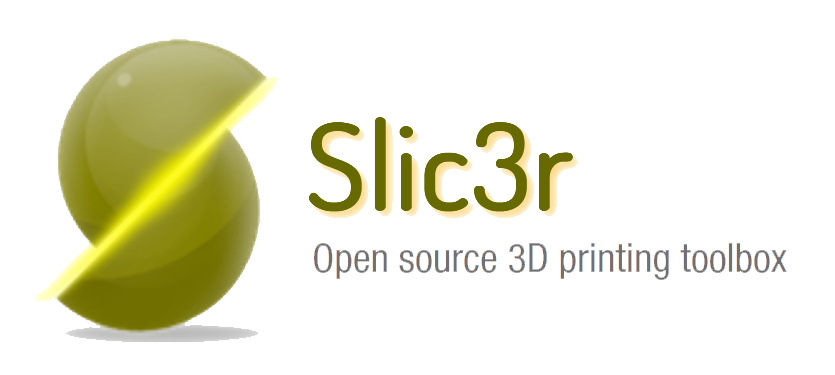

MATERIALS
METAL POWDERS
Alloys:
- 316L
- AlSi10Mg
- CuCrZr (under investigation)
- Stainless steel
- Ti64
- Inconel 718
Pure metals:
- Ag – Silver
- Cu – Copper (under investigation)
- Mo – Molybdenum
- Ta – Tantalum (under investigation)
- Ti – Titanium
- W – Tungsten (under investigation)
- Nb – Niobium (under investigation)
3D Printers DMLS & SLM technologies
EOS M100
The machine is equipped with a Yb fiber laser having a nominal power of 200 W and wavelength ranging from 900 to 1200 nm. The laser beam is focused to reach a spot diameter of 40 µm.
The atmosphere in the process chamber is composed by an inert gas (the oxygen content is typically lower than 0.1% during the printing process), which can be Ar or N2, with a maximum supply rate of 50 L/min.
The building volume measures 95 mm in height and 100 mm in diameter.
M100 is especially suitable for:
- Refractory metals
- Highly complex parts, thanks to the small laser spot
- Creating components for biomedical applications
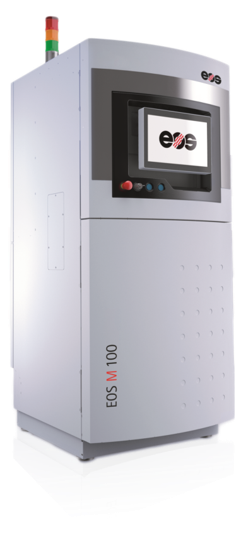
EOS M280
This 3D metal printing system is provided with a 400 W Yb fiber laser, with a wavelength of 1060-1100 nm. The diameter of the focused beam is approximately 100-500 µm.
An inert gas (Ar or N2) is present in the building environment during the printing process. The maximum inert gas supply rate is 100 L/min.
The building area is a square with side 250 mm and the maximum building height is 325 mm.
M280 system is suitable for:
- Prototypes and parts with significant dimensions
- Material characterization
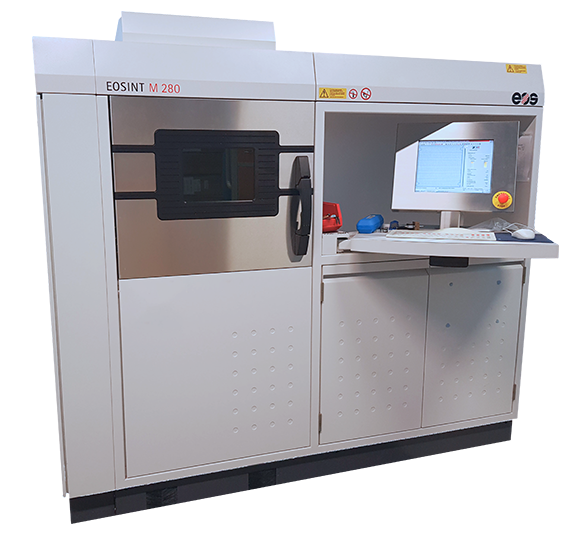
Sharebot MetalONE
This metal powder sintering printer uses a 250 W fiber laser with a wavelength of 1080 nm. The laser spot diameter is about 40 µm.
The printing process is performed under Ar or N2 atmosphere. The consumption of inert gas is 0.25 L/min.
The machine is suitable for building small parts: the building volume is 65x65x100 mm.
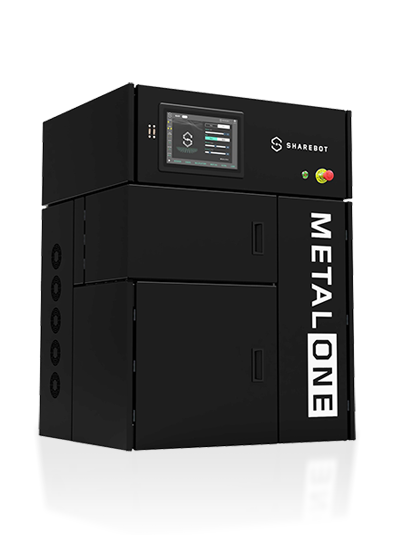
Post-processing Further steps
Once the components are realized via AM, they can be involved in post-process steps, in which supports are removed and objects are cut from the building platform. It is also possible to consider further treatments such as stress relief treatments or, in general, treatments that can reduce thermal stresses and porosity (that is, the number of voids and their dimensions) generated during printing. Furthermore, thermal treatments that can rise the mechanical and electrical properties are often carried out.
A huge variety of manufacturing processes can be also considered to improve the surface finishing and dimensional precision.
We can count on several Facilities for these purposes:
- EDM – Electrical Discharge Machining
- Okuma MILLAC 800 VH Multi-Plane Machining Center
- CMM facility Zeiss ACCURA MASS
- Oven for Stress relief
- Machines for surface finishing (sandblasting)
